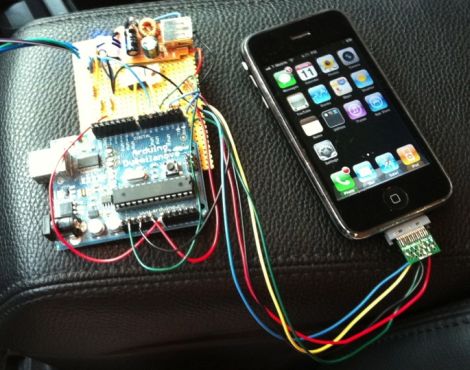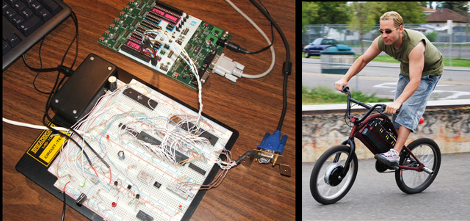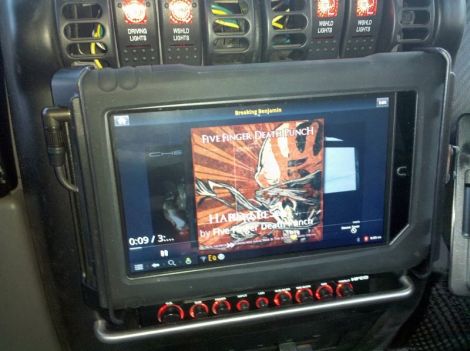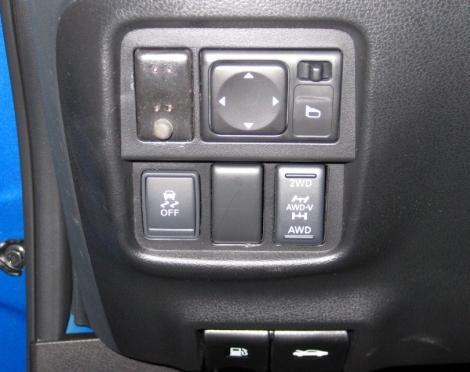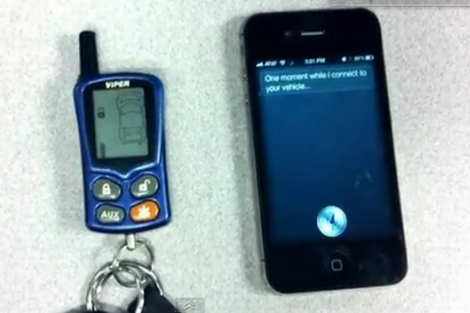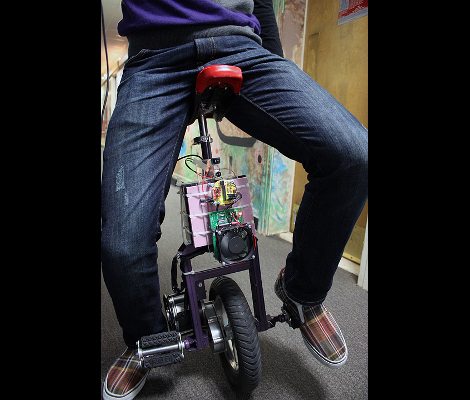
The only problem with this self-balancing unicycle is it’s inability to balance itself. You see, it automatically balances along the axis that is parallel to the line of travel. But since there’s only one wheel the rider is responsible for balancing perpendicular to travel. This is really not too much different from a bicycle; balancing while in motion is pretty simple. Only when you slow down or stop are you in trouble.
[Stephen Boyer] built the vehicle and uses it for most of his travel around the MIT campus. It carries a pair of 12V batteries that pack enough punch to travel five miles between charges. A 5DOF board senses motion and orientation, with an ATmega328 microcontroller calculating the corrections necessary to keep the rider upright.
The demo video after the break never really gives you good look at the thing, but it’s enough to prove that it does indeed work very well. We’re also glad to see that [Stephen] is using a kill-switch while riding.
If you’re aching for more electric unicycle video check out this other project too. Continue reading “Self-balancing Unicycle Only For Those With Good Balance”

